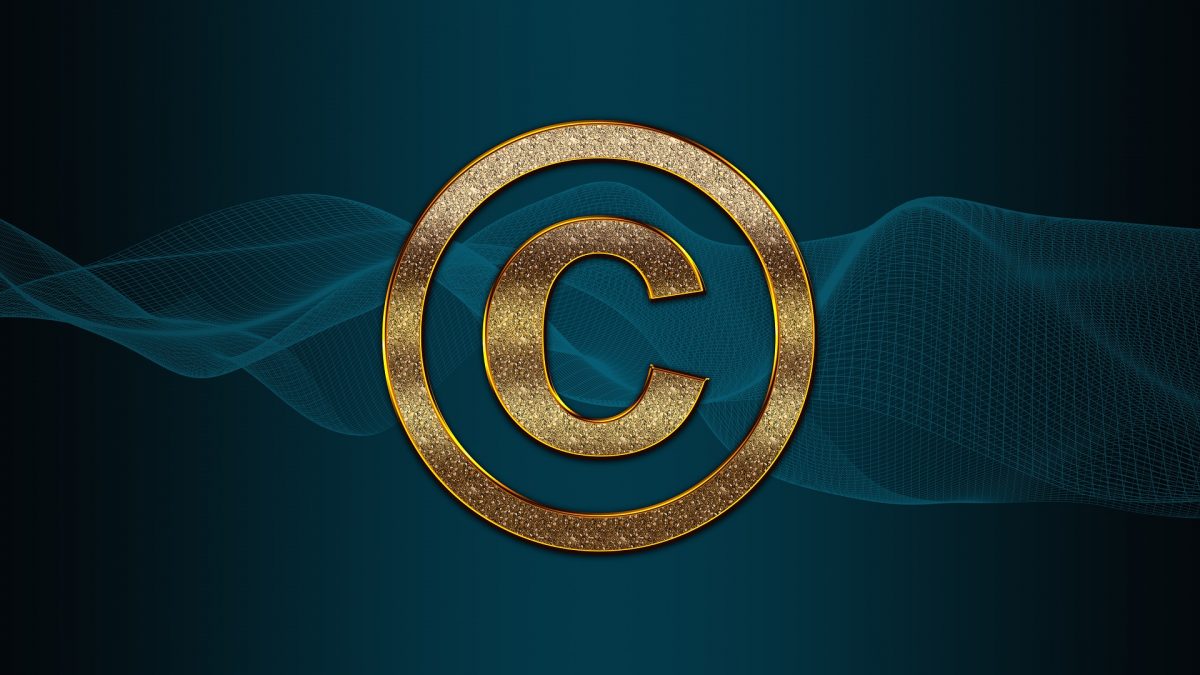
UK Looking To Change Share Trading Laws
August 23, 2021
What Everybody Ought to Know About the Insurance Process
August 29, 2021If you’re running a business or thinking about starting running a business, you might have come across the idea of trademarks. When you think of Walt Disney’s signature or McDonald’s big golden M, or Nike’s checkmark, you’re thinking about trademarks. The following will explore the process of registering your business’s trademark for legal and creative protection purposes.
What Is Trademarking?
A trademark is any term, recognizable insignia, symbol, phrase, or word that refers to a particular product and legally separates this product from others of its kind. This can include logos, slogans, brands, and brand names. Trademarks are often looked at as a kind of intellectual property. Trademarks can be both registered and unregistered and can be noted with the ® and ™ symbols. Trademarks don’t expire, but if they need to be used regularly if the owner would like to maintain the protections that come with them. In the United States, trademarks are registered through the United States Patent and Trademark Office.
How Can A Trademark Keep Your Business Safe?
A business’s name is one of the crucial elements of branding; because of this, it’s something you might want to protect with a trademark. If you don’t go through his process, another company can legally use the name, which can result in confusion for your customers and legal issues.
Is Trademarking Different Than Registering As An LLC Or Corporation?
If you have or are planning on formally registering your business as either an LLC or as a corporation, you will have some protection of the name, but the coverage will not be as extensive as the security provided by a trademark. Your company’s name will be protected in the state that you registered the business, meaning no one else in that state can register their business as an LLC or corporation under that name (sometimes, though, if the business or industry is different enough that no confusion will take place, someone else can be allowed to use the name). This being said, there’s still the potential situation of a sole proprietorship or partnership using the name within your state. Yes, they won’t be able to register the name as an LLC or corporation, but they might file it with a DBA (“Doing Business As,” sometimes also called “fictitious name.”)
How Can Trademark Rights Be Established
There are two routes to establishing trademarks. Foremost, you can regularly use the mark, and secondly, you can file the proper application to register a mark in the Patent and Trademark Office. Registration is not legally required to establish rights in a mark or to use a mark, but legally registered trademarks are much better protected. A federal registration can provide a big leg up in any court proceedings that might occur if someone else turns out to be using the same logo, name, phrase, or any other trademark.
The Formal Registration Process
If you’re looking to formally register your trademark, there are two phases you need to know about. The first is research, and the second is filing. The research stage will include ordering a trademark search and report, as well as an analysis of this report. The second stage involves the completion and filing of a trademark application; this will include an application fee for every class that you’re filing the trademark in.
Many people find this process is greatly aided by the help of an attorney. According to the team from this company, it’s completely possible to gain the assistance of a legal professional for a flat fee. An attorney will be able to assist with each step of the process, helping speed things up and keeping any errors from being made and causing delays (or causing you to have to start the entire process over again). Further, a lawyer will have a better sense of how strong your application is and be able to give suggestions on how to make it stronger.
The Research Stage
When you’re starting a business or brand, many people suggest that you do your research to ensure that no one else is using that name or a logo that is too similar; after all, you want your brand to stand out, right? You need something that differentiates you. You can access and use Trademark Electronic Search System (TESS) without any help, but given how complicated the search process is (the classes), it is often highly recommended that you work with a trademark attorney. You want a complex search that includes official records and other sources.
The above information should be enough to get you started on your trademark journey. If you discover something you were hoping to use has already been taken, don’t despair. Some of the world’s best business and branding ideas came from being forced to start with a blank page. You might look back and think it was extremely lucky that you didn’t get your first pick of logo.





